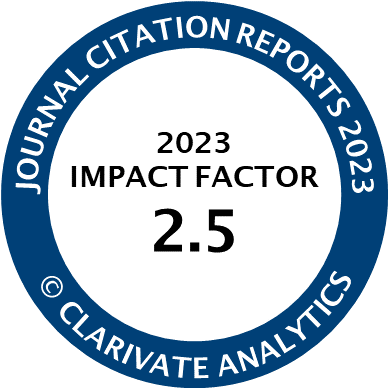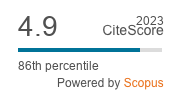Article | Open Access
The Limits of Policy Analytics: Early Examples and the Emerging Boundary of Possibilities
| Views: | 2357 | | | Downloads: | 1527 |
Abstract: Policy analytics has emerged as a modification of traditional policy analysis, where the discrete stages of the policy cycle are reformulated into a continuous, real-time system of big data collection, data analytics, and ubiquitous, connected technologies that provides the basis for more precise problem definition, policy experimentation for revealing detailed insights into system dynamics, and ongoing assessment of the impact of micro-scale policy interventions to nudge behaviour towards desired policy objectives. Theoretical and applied work in policy analytics research and practice is emerging that offers a persuasive case for the future possibilities of a real-time approach to policymaking and governance. However, policy problems often operate on long time cycles where the effect of policy interventions on behaviour and decisions can be observed only over long periods, and often only indirectly. This article surveys examples in the policy analytics literature, infers from those examples some characteristics of the policy problems and settings that lend themselves to a policy analytics approach, and suggests the boundaries of feasible policy analytics. Rather than imagine policy analytics as a universal replacement for the decades-old policy analysis approach, a sense of this boundary will allow us to more effectively consider the appropriate application of real-time policy analytics.
Keywords: adaptive management; agency; big data; data analytics; governance; nested institutions; nudging; policy analysis; policy analytics
Published:
© Justin Longo, Alan Rodney Dobell. This is an open access article distributed under the terms of the Creative Commons Attribution 4.0 license (http://creativecommons.org/licenses/by/4.0), which permits any use, distribution, and reproduction of the work without further permission provided the original author(s) and source are credited.




